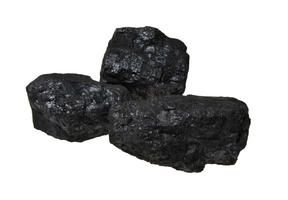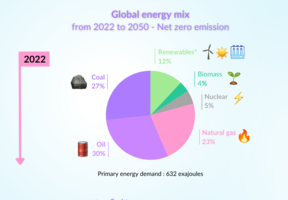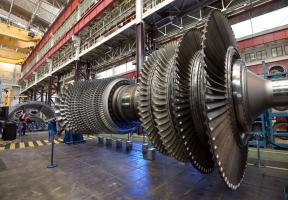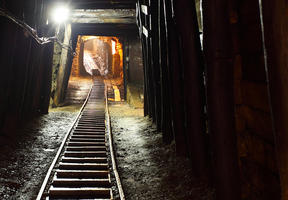Coal in Power Generation, Iron and Steel, and Coal Chemistry
5 min read
is used for many applications, from producing for households to firing industrial boilers and generators to manufacturing cast iron and synthetic . Depending on its quality, coal can be burnt, transformed into or gasified.
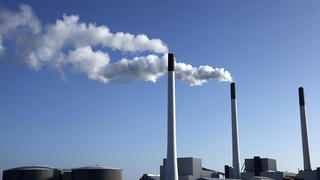
© THINKSTOCK - Coal is now mainly used in large power plants
Coal-Fired Power Plants
Coal is still used as a fuel today, though less for home heating and more for firing industrial boilers and generators. It is primarily used for generating , via coal-burning plants.
The principle is simple. Combusted in a boiler, the coal releases heat that converts water into steam. This drives a turbine connected to a generator that produces electricity. As it passes through a condenser, the steam cools down, becoming water again. This water is sent back to the boiler.
Iron and Steel and Other Industries
Coke, which is a fuel with high levels of carbon, usually made from coal, is utilized in the steel industry. It is used in blast and industrial furnaces, where it is mixed with iron ore to manufacture cast iron (an iron and carbon alloy that is a precursor of steel), by smelting reduction of iron oxide.
Manufacturing coke, or , involves heating a mixture of high-rank coal, or pitch, to a temperature of 1,000°C. This process requires batteries of several dozens of eight-meter-high ovens.
This releases gases that are cooled and treated with solvents. A million metric tons of coal produces:
- 50,000 metric tons of tar.
- 15,000 metric tons of .
- 500 million cubic meters of methane, which is fed into the gas network once its impurities have been removed.
There are also smaller pyrolysis units adapted to various coal types. These manufacture special coke, such as coke, which can be used instead of (see below).
Occurring at about 700°C, pyrolysis preserves heavy aromatic molecules, or phenols. After processing, these are used to manufacture insecticides, fungicides, antioxidants and phenol‑formaldehyde resins used as drying accelerators for varnish and ink.
Coal Chemistry: Manufacturing Hydrocarbons
Coal gasification is increasingly being used in industrial processes, such as at integrated gasification combined cycle (IGCC) power plants.
Coal can be gasified in the presence of oxygen and steam to produce synthetic gas, a mixture of and .
This gas is an intermediate product that can be converted into different products, such as , , pure hydrogen and dimethyl ether, and above all used to make synthetic fuels.
In the latter case, the product obtained is a wax containing many different types of hydrocarbons with varying numbers of carbon atoms. This wax undergoes a series of conversion processes to produce mostly high quality and smaller amounts of LPG and gasoline.
Barbecue Charcoal
The charcoal we use for barbecues isn’t natural coal. It is obtained through wood pyrolysis, a process that requires a temperature of 400°C. Charcoal used to be made in forests by lighting a fire inside a large pile of wood that was protected from the air to prevent it from burning. Today smaller, less polluting, automated production facilities are used where pyrolysis is carried out through contact with hot gases. Charcoal isn’t just used for barbecues — it also serves as filter material, to treat wastewater for example.


